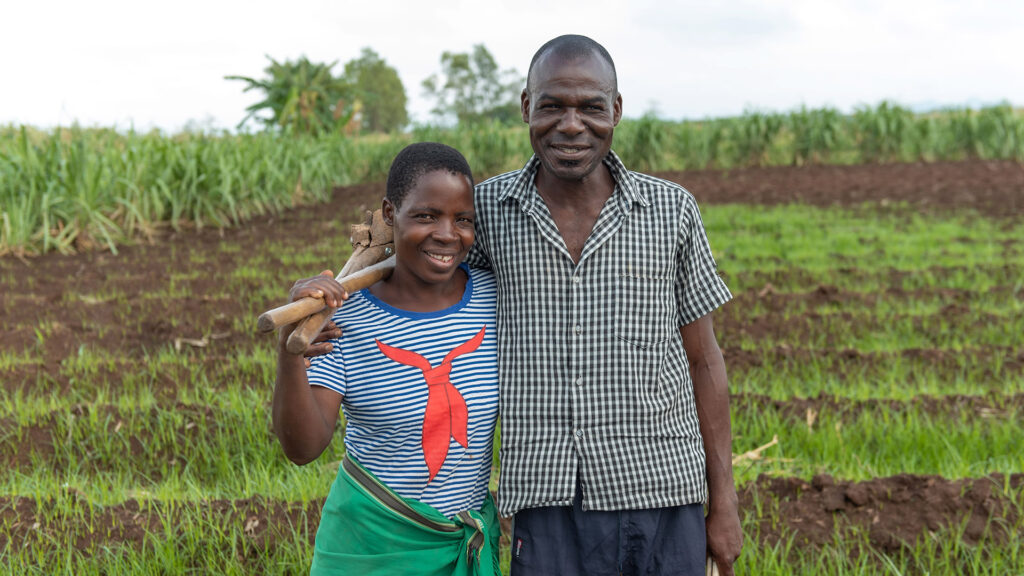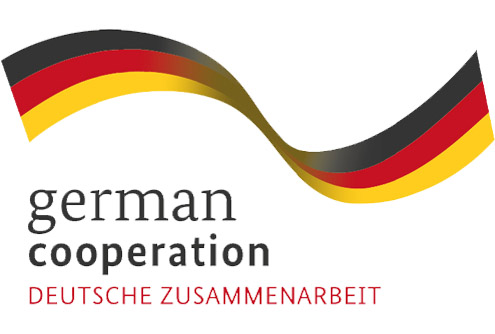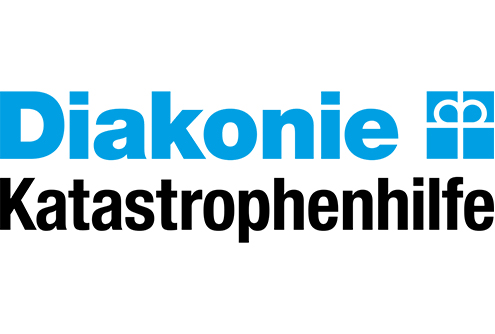Key steps in stage seven
The main task in this stage is figuring out which mode of approach is best suited for each action or strategic intervention proposed, in consultation with urban, spatial or development planning experts.
1. Mode of action
Discuss and agree the right mode of carrying out, and realising, the agreed actions and strategies. Actions and strategic interventions can be realised and implemented through various modes.
Some recommended modes include:
Pilot projects
Pilot projects can demonstrate the value of a specific action or project which can be replicated or re-adapted later based on the learning outcomes.
Tactical urbanism
Tactical urbanism is “a city and citizen-led approach to neighbourhood building using short-term, low-cost, and scalable interventions intended to create long-term change”.
Temporal interventions
These are interventions that are not permanent but dynamic in nature i.e. the intervention may be appropriate for a specific season in the year, for few days a week, or for certain hours of the day. This can be successfully applied in dynamic landscapes like floodplains of seasonal rivers, public spaces, parks, streets or agricultural lands.
Government funding
Submit proposals to local, regional or national governments where the proposal aligns with the requirements or objectives of government schemes in various sectors (e.g. relevant agencies or departments across various sectors like education, water supply, agriculture etc.)
Urban living labs
Initiate urban living labs in collaboration with technical institutions that are particularly suited for urban engagement.
Children and youth
Mobilise children and youth to carry out monitoring and documentation exercises. This could be via schools or community groups and events. Aware and motivated children can bring great ideas.
Innovation
Innovation where viable proposed strategies/actions or interventions may be highlighted to seek from technical experts, or propose to them, innovative ideas in connection with communities most at risk.



